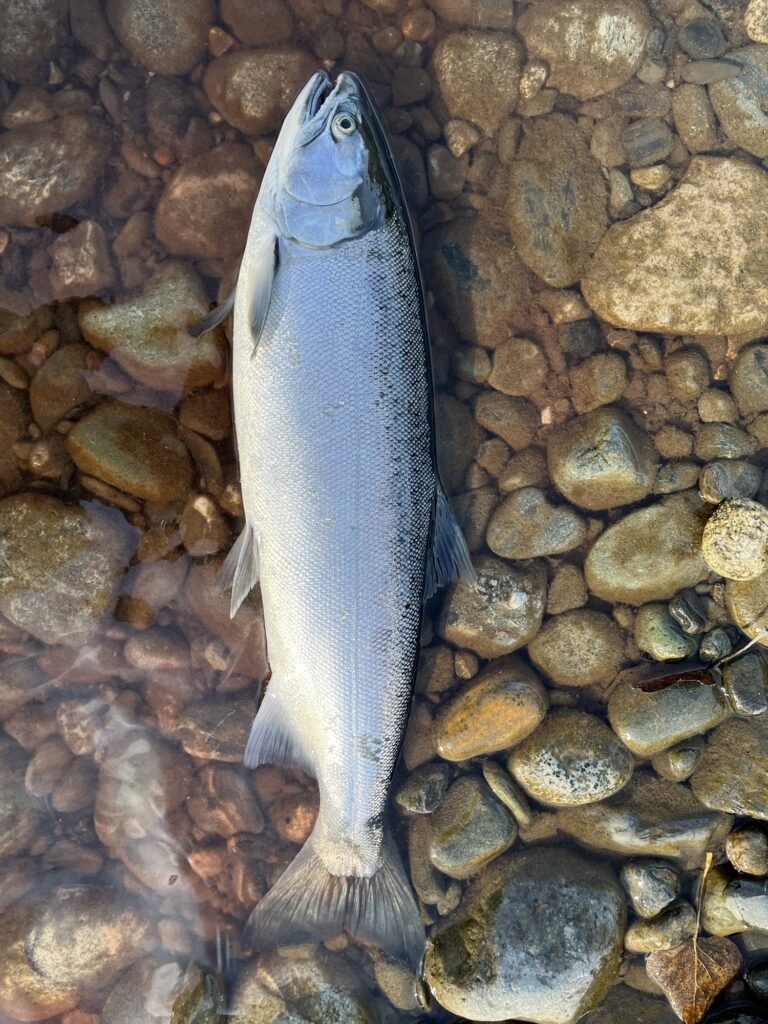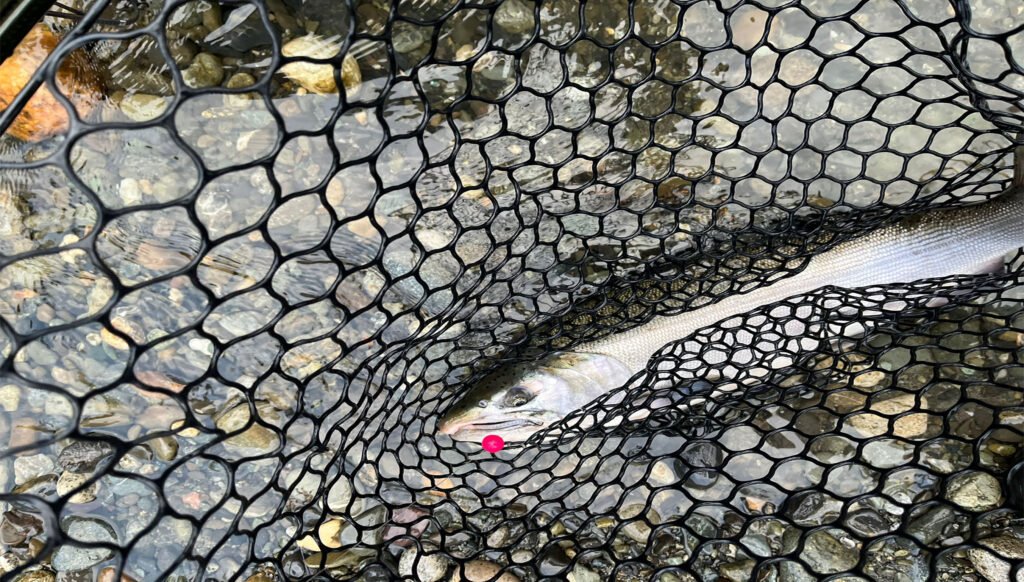Catch More Fraser River Coho With BeadnFloat’s Complete Guide
Angling is thrilling, but catching coho salmon in BC rivers is even better. The right tackle makes all the difference. Fraser River coho salmon are the prize all anglers are looking for.
BeadnFloat’s soft beads, from 6mm to 19mm, look like salmon eggs. This attracts coho salmon, boosting your chances of a catch.
Learning to use these soft beads well can enhance your fishing. It also helps you catch more coho salmon.
Key Takeaways
- BeadnFloat’s soft beads are designed to mimic salmon eggs, attracting coho salmon.
- Sizes range from 6mm to 19mm, giving anglers many options.
- The right tackle can greatly increase your catch rate.
- Coho salmon are drawn to presentations that resemble their natural food sources.
- BeadnFloat’s guide offers detailed tips for successful coho salmon fishing.
Understanding Fraser River Coho Salmon Behavior
The Fraser River Coho salmon’s behavior is complex. It’s shaped by the environment and their instincts. Knowing this helps in fishing and protecting this species.
Migration Patterns and Timing
Coho salmon swim upstream to spawn. Their journey is guided by water temperature, daylight, and where they can spawn. In the Fraser River, they start their journey in late summer and early fall.
When they migrate is key. It lets them spawn before the water gets bad. Anglers who know this can catch Coho when they’re most active.
| Month | Migration Activity | Water Temperature |
|---|---|---|
| August | Initial migration begins | 15-18°C |
| September | Migration peaks | 12-15°C |
| October | Migration continues | 10-12°C |
Feeding Habits and Preferences
Coho salmon eat a variety of things like salmon eggs, insects, and small fish. In the Fraser River, they like places with lots of food.
What they eat changes with the river’s conditions. In clear water, they eat more visible prey. In murky water, they use their other senses more.
Habitat Selection in the Fraser River System
The Fraser River has many habitats for Coho salmon. They need gravel or sand for spawning and places with food and shelter. This includes the main river and its tributaries.
Knowing where Coho like to be is key for fishing. Anglers who find these spots are more likely to catch Coho.
Essential Gear for Fraser River Coho Fishing
To catch Fraser River coho, you need the right gear. You’ll need a good rod and reel, the right line and leader, and lures like BeadnFloat’s soft beads.
Rod and Reel Recommendations
A medium to fast action rod is best for Fraser River coho fishing. It helps you handle the fight of a coho salmon. Choose a reel with a smooth drag system and can hold 150 yards of 12-15 lb test line.
Line and Leader Setups
The line and leader setup is key for effective lure presentation and handling Fraser River water. A fluorocarbon leader is preferred because it’s almost invisible underwater.
| Line Type | Leader Material | Test Strength |
|---|---|---|
| Mono or Fluorocarbon | Fluorocarbon | 12-15 lb |
| Monofilament | Fluorocarbon | 10-12 lb |
| Braided Line | Fluorocarbon | 15-20 lb |
BeadnFloat’s Soft Bead Collection
BeadnFloat’s soft bead collection is great for Fraser River coho fishing. These soft beads come in different sizes and colors to attract coho salmon. Using BeadnFloat’s soft beads can improve your chances of catching.
With the right gear, including rods, reels, lines, and lures like BeadnFloat’s soft beads, you can enhance your Fraser River coho fishing. Whether you’re experienced or new to salmon fishing, the right gear is essential for a successful trip.
Top 5 Fraser River Coho Fishing Locations
The Fraser River is famous for its coho salmon. It stretches through British Columbia, giving anglers many places to fish. From the lower Fraser to tributary mouths, there’s a lot to try.
Lower Fraser Hotspots
The lower Fraser River is easy to get to and full of fish. Places like the Fraser River mouth and Richmond and Delta are favorites. These spots get a lot of coho salmon, making them great during peak season.
Anglers need to be ready for different fishing conditions. This includes both estuaries and freshwater areas.
Mid-Fraser Productive Areas
The mid-Fraser River has more great spots for coho salmon. Hope and Lytton are known for their coho populations. The river’s gravel bars and riffles are perfect for coho salmon.
Knowing these habitats can really help you catch more fish.
Tributary Mouth Opportunities
The mouths of tributaries into the Fraser River are also good for coho salmon. The Pitt River, Coquitlam River, and others are great for catching coho salmon as they go upstream. These areas have complex water that coho salmon like.
Fishing here needs a good understanding of the water and salmon behavior.
By focusing on these top spots and understanding the local conditions, anglers can catch more coho salmon. Whether you’re experienced or new, the Fraser River is a great place to fish.
Seasonal Strategies for Fraser River Coho
When fishing for Coho salmon on the Fraser River, knowing the seasonal strategies is key. The season is divided into phases, each needing a specific approach to catch more fish.
Early Season Tactics (August-September)
In August and September, Coho salmon start their journey upstream. We look for spots where they gather, like the lower Fraser River and its tributaries. Slow presentations and targeting pools and eddies work well.
Peak Season Approaches (October)
October brings a surge in Coho salmon activity. We use more aggressive tactics, focusing on fast-moving water. Bead and float fishing are great, as they mimic the natural movement of the fish.
Late Season Techniques (November)
In November, Coho salmon are almost at the end of their journey. They move slower, so we use gentle presentations. Focusing on their favorite spots can help catch the last Coho of the season.
Knowing these seasonal strategies improves our fishing and helps protect the fish. By adjusting our methods to match the fish’s behavior, we help preserve this resource for future anglers.
Mastering Soft Bead Presentations for Fraser River Coho
The art of presenting soft beads is key to catching Fraser River Coho salmon. At BeadnFloat, we know how important it is to master this skill.
When presenting soft beads, consider bead size, colour, and rigging techniques. Let’s explore these elements to boost your Fraser River Coho fishing success.
Matching Bead Size to Water Conditions
The bead size you choose depends on the water conditions. Larger beads work well in murky waters, while smaller ones are better in clear waters.
- In fast-moving or dirty water, use larger soft beads (6-8 mm) to increase visibility.
- In slower or clearer water, opt for smaller soft beads (4-6 mm) for a more subtle presentation.
Colour Selection Based on Water Clarity
The colour of your soft bead is also key. It should stand out in the water but look natural to the Coho salmon. The water’s clarity will help you choose the right colour.
- In clear water, use natural colours like pink or salmon egg patterns.
- In stained or murky water, brighter colours like chartreuse or orange can be more effective.
Proper Rigging Techniques with BeadnFloat Products
BeadnFloat’s soft beads work well with various rigging techniques. Proper rigging is vital for a natural and appealing presentation to Fraser River Coho.
- Use a sink tip or sink line to get your soft bead to the desired depth quickly.
- Experiment with different leader lengths and materials to find what works best in your fishing location.
- Pay attention to your tippet size and type to ensure it’s appropriate for the size of soft bead you’re using.
Mastering soft bead presentations and using BeadnFloat’s products will boost your Fraser River Coho catch rate. Remember, practice is key. Don’t get discouraged by early results – keep trying and improving your technique.
Drift Fishing Techniques for Coho Success
To catch coho salmon in the Fraser River, anglers often use drift fishing. This method needs finesse and a good understanding of the river. Drift fishing makes your lure or bait look like it’s naturally moving, which is great for catching coho salmon.
Reading Water and Finding Holding Spots
Starting with drift fishing means reading the water to find where coho salmon might be. Look for submerged logs, gravel bars, and river bends. These spots offer shelter and ambush points for coho.
“The key to drift fishing is understanding the river’s topography and how it influences the behavior of coho salmon,” says an experienced angler. “By identifying areas where the current slows down or changes direction, we can increase our chances of catching coho.”
Proper Drift Presentation Methods
After finding a good spot, we need to present our drift naturally. This means controlling the speed and depth of our drift to match the water. In the Fraser River, coho salmon like a drift that’s presented at a moderate depth with a subtle movement.
- Use a sensitive rod tip to detect even the slightest strike.
- Adjust your drift speed according to the water conditions.
- Pay attention to the depth of your drift to ensure it’s within the coho’s strike zone.
Strike Detection and Hook Setting
Detecting strikes in drift fishing needs experience and the right gear. We use a rod with a sensitive tip and watch for any line or rod movement. When we feel a strike, setting the hook quickly and firmly is key to catching the fish.

Mastering drift fishing techniques can really help catch coho salmon in the Fraser River. Whether you’re experienced or new, drift fishing is a rewarding way to connect with the river’s natural beauty.
Float Fishing Strategies That Produce Results
Float fishing can be very effective if you use the right gear, like BeadnFloat’s soft beads. It involves several important steps to catch coho salmon.
Float Selection and Setup
Choosing the right float is key. It depends on the fishing conditions and the size of your bait.
Depth Control and Adjustment
It’s important to control how deep your bait is. Adjust your line and leader to match where the coho salmon are.
Combining Floats with BeadnFloat’s Soft Beads
BeadnFloat’s soft beads look like the natural eggs coho salmon eat. They’re perfect for float fishing. Using them with a float makes your bait look natural and appealing.
| Float Type | Water Conditions | Bead Size | Depth Control |
|---|---|---|---|
| Small | Clear | Small | Shallow |
| Medium | Moderate | Medium | Medium |
| Large | Murky | Large | Deep |
Alternative Techniques When Beads Aren’t Producing
Switching from soft beads to other techniques can help catch Fraser River Coho. Soft beads work well, but sometimes coho prefer other lures. Having different methods lets us adjust to changing fishing conditions and boost our success.
Spoon and Spinner Approaches
Spoons and spinners are great for catching coho in the Fraser River. They mimic injured baitfish or prey, drawing coho with their movement. It’s key to change the depth and how you present them to find the best approach on any given day.

Fly Fishing Methods for Fraser Coho
Fly fishing is also effective for Fraser River Coho. Flies that look like salmon fry, leeches, or other prey work well, mainly in slower currents. Anglers need to change their fly choice based on the water and coho’s behavior.
Bait Presentations That Complement Bead Fishing
Using salmon eggs or other baits can add to bead fishing. These baits are great when presented naturally, making it easy for coho to find them in the current.
Adding these alternative techniques to our fishing gear can up our chances of catching Fraser River Coho, even when soft beads don’t work. It’s about being flexible and trying different methods to match the fishing and coho’s behavior.
Conservation Practices for Sustainable Fraser River Coho Fishing
The future of Fraser River coho salmon is in our hands. As anglers, we must work together to protect this valuable fishery. Our actions today will shape the future of fishing here.
Current British Columbia Regulations and Limits
It’s vital to follow British Columbia’s fishing rules to save Fraser River coho salmon. These rules help protect the fish when they’re most vulnerable.
We need to keep up with fishing laws. This includes knowing catch limits, size rules, and when we can’t fish.
Proper Catch and Release Techniques
Catch and release fishing can help save fish. To do it right, we should handle fish carefully. This means not using nets and releasing them fast.
Using barbless hooks and handling fish less can also save lives. It helps more fish survive and swim free again.
Supporting Local Conservation Efforts
Helping local conservation efforts is key to sustainable fishing. We can join habitat projects, support groups, and spread the word about green fishing. Together, we can make a difference.
By working together, we can protect Fraser River coho salmon. This way, we ensure the fishery stays healthy for years to come.
Conclusion: Putting It All Together for Fraser River Coho Success
Successful Fraser River coho salmon fishing needs a full plan. It includes knowing coho behavior, using the right gear, and caring for the environment. Mastering soft bead presentations, drift fishing, and float fishing are key to catching coho salmon.
Being aware of other fishing methods and following conservation practices boosts our chances of success. This way, we help keep the fishery healthy for the long term.
When fishing in Canada, it’s vital to think about our impact on the environment and fish. Supporting local conservation and following British Columbia’s rules helps protect salmon fishing for the future.
By combining these steps, we can do well in Fraser River coho salmon fishing. Whether you’re experienced or new, these tips will make your fishing better and help protect this important resource.



Add comment